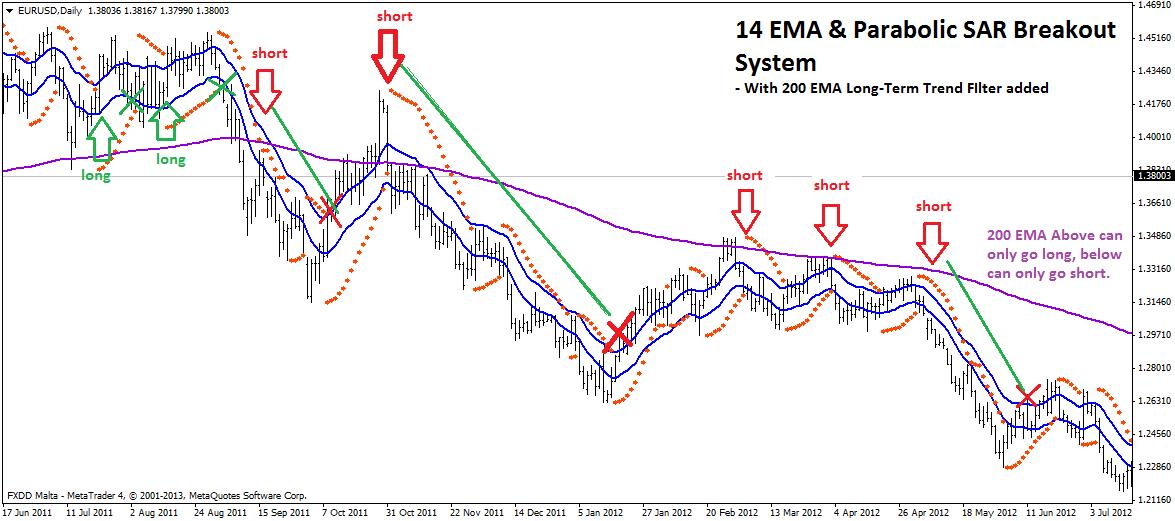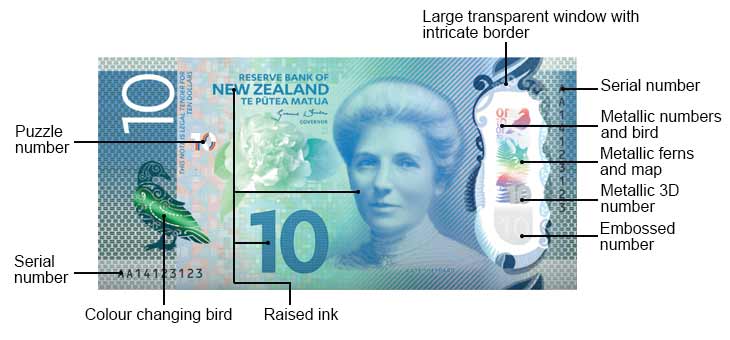Contents:


A simplified version of the profit is the amount remaining after all expenses and allowances are subtracted from gross revenues. When expenses exceed gross revenues, the bottom line will be negative and the business has a loss for the year. Economic profit is a little trickier than accounting profit. With economic profit, you look at revenue, explicit costs, and implicit costs. Unlike accounting profit, economic profit includes the opportunity costs for taking one course of action versus another. Your economic profit can vary depending on economic principles and opportunities.
How to Calculate Profit Margin (Formula + Examples) – The Motley Fool
How to Calculate Profit Margin (Formula + Examples).
Posted: Fri, 05 Aug 2022 07:00:00 GMT [source]
Beyond knowing how much is left after deducting expenses, calculating profits provides a lot of strategic insight. As a result, it enhances planning and decision-making. In the same vein, you may also have to spend money on something that’s not part of recurring expenditure. If so, your profits for that period will be lower, indicating that the business is worse off than it actually is. Often, organizations calculate profits quarterly, bi-annually, or annually.
How to Calculate Revenue
It proves to be a prerequisite for analyzing the business’s strength, profitability, & scope for betterment. Extraordinary And Exceptional ItemsExtraordinary Items refer to those events which are considered to be unusual by the company as they are infrequent in nature. Cash profits indicate the profits in terms of real cash inflows and outflows. Accounting profit is the theoretical one, whereas cash profit is the real profit of the business. It is considered to be a better measure of economic viability.

As such, while calculating net profit, you’ll factor in operational expenses, COGS, one-time expenses, and debt repayments. Moreover, it will also include revenues from secondary operations and investments. Cutting costs might work for large companies who can afford to operate with minimal margins due to higher sales volume and lower production costs. But dropping prices is risky for start-ups and small businesses, especially since it’s a challenge to raise prices in the future. Deferred revenue is money received in advance for goods or services that are to be delivered in the future. In accrual accounting, deferred revenue is referred to as “unearned” revenue and listed as a liability on the balance sheet.
Profit for the Year Formula
Explicit costs cover labor, inventory required for production, and raw materials, together with transportation, production, and sales and marketing costs. Firms often issue multiple versions of profit in their financial declarations. Some of these figures take into account all revenue and expense things, set out in the income statement.
Accounting Cost vs. Economic Cost: How (& When) to Use Each – The Motley Fool
Accounting Cost vs. Economic Cost: How (& When) to Use Each.
Posted: Fri, 05 Aug 2022 07:00:00 GMT [source]
Accounting profit represents the business’s profit, including all the revenue and expenses allowable. This profit can be derived from the financial statements of the business. It is useful for management to assess the performance of the business. It acts as a major indicator to compare business performance across the industry. Profit margins are used to determine how well a company’s management is generating profits.
What is Accounting?
You should note that these formulas are the foundations of accounting. To build a stronghold on accounting and indulge in higher studies relating to accounts, you need to grasp the methods right from their grassroots. Accounting involves tracking and keeping a record of the financial transactions of an organization. Multiple functions build accounting into what it is, which are classifying, summarising, verifying, interpreting, recording, etc. data related to the finances of that particular institution.
- Companies transparently present their explicit costs on the income receipt.
- Keeping track of the revenues and finances of your small or big business is surely a full time job, so you may need to create a financial position to handle these duties within your business.
- Margins can be computed from gross profit, operating profit, or net profit.
- Let us take the example of Walmart Inc. to illustrate the concept of accounting profit for a real supermarket chain.
- One of the biggest mistakes entrepreneurs make is assuming that lots of sales mean the business is doing well.
To help get the price right, conduct a market analysis, study your competitors, and utilize customer data to test different price points on each audience segment. Explain the reason for the difference in the amount of income from operations reported in and . It cannot be used to compare across businesses that make use of different methodologies for depreciation & amortization, impairment, provisions, accruals and valuation. Accounting profits doesn’t indicate the cash inflows. The profit can encourage or discourage investors to invest in the business. The Gross Profit Margin can be calculated by dividing the Gross Profit by the sales.
So, get your notes now and jumpstart your exam preparation. Total equity refers to the owned capital of an organization held by the shareholders or private owners. It is the difference between the total assets and total liabilities of a company. Costs or expenses that differ based on the sales volume or productivity of business are variable. Many start-ups and small businesses have trouble maintaining a positive net revenue.
In that case, a high debt-to-equity ratio might make it more difficult to find creditors or investors willing to provide funds for your company. Cash is the amount of money you have at your disposal. This can include actual cash and equivalents, such as highly liquid investment securities. The break-even point tells you how much you need to sell to cover all of your costs and generate a profit of $0. Every sale over the break-even point will generate a profit.
- It is considered to be a better measure of economic viability.
- If it costs $1 to manufacture a widget, the company’s COGS would be $2,000, and its gross revenue would be $8,000, or ($10,000 – $2,000).
- Thus, in the equation above, a company could also cut down its opportunity costs by units to appear at a per-unit economic profit.
- With economic profit, you look at revenue, explicit costs, and implicit costs.
- With big entities, business managers can possibly look more intricately at gross, operating, and net profit versus economic profit at different stages of business operations.
- The profit amount can be used to make business decisions.
https://1investing.in/ margin conveys the relative profitability of a firm or business activity by accounting for the costs involved in producing and selling goods. Company A operates in the manufacturing industry and sells widgets for $5. In January, it sold 2,000 widgets for a total monthly revenue of $10,000. This is the first number entered into its income statement. Accounting profit shows the amount of money left over after deducting the explicit costs of running the business.
Regardless of where it fits into the mission statement, profit is fundamentally important for a business’s success. Revenue can be increased by raising prices, increasing the number of customers, or expanding the number of products sold to each customer. Toby Walters specializes in accounting, banking, credit cards, investing, and a variety of finance topics. He has more than two decades of experience in finance and is a chartered financial analyst. Comparing equations 1 and 4, Capital has increased by $6,000 because a profit has been made and this is reflected in the increase in net assets from $10,000 to $16,000.
Overview of Underlying Profit, Pros & Cons, Example – Investopedia
Overview of Underlying Profit, Pros & Cons, Example.
Posted: Sun, 26 Mar 2017 05:57:31 GMT [source]
As a result, you will have an accurate picture of the company’s health. Moreover, you can pinpoint avenues where you can improve to increase profitability. This is because that source of revenue is not one you can expect in subsequent accounting periods. As such, each time there are one-time revenues, you should avoid including them when making projections. While the concept of profit is simple, there’s a lot more to it.

Unlike propeller industries profit, underlying profit can be subjective and is based on one’s own opinion about what the true earnings should be for a company. Particularly, underlying profit may be calculated by eliminating unusual one-time charges, due to their infrequency. Accounting profit displays the amount of money left over after subtracting the explicit costs of operating the business.

Hence, it is also often referred to as implicit costs. Accounting profit is how much a company earns minus how much a company spends on easily identified operating expenses. Normal profit is an economic term that refers to a situation where the total revenues of a company are equal to the total costs in a perfectly competitive market. Stakeholders monitor and analyse the health of a company by means of net profits earned. It is used in various accounting ratio calculations and trend analysis.
